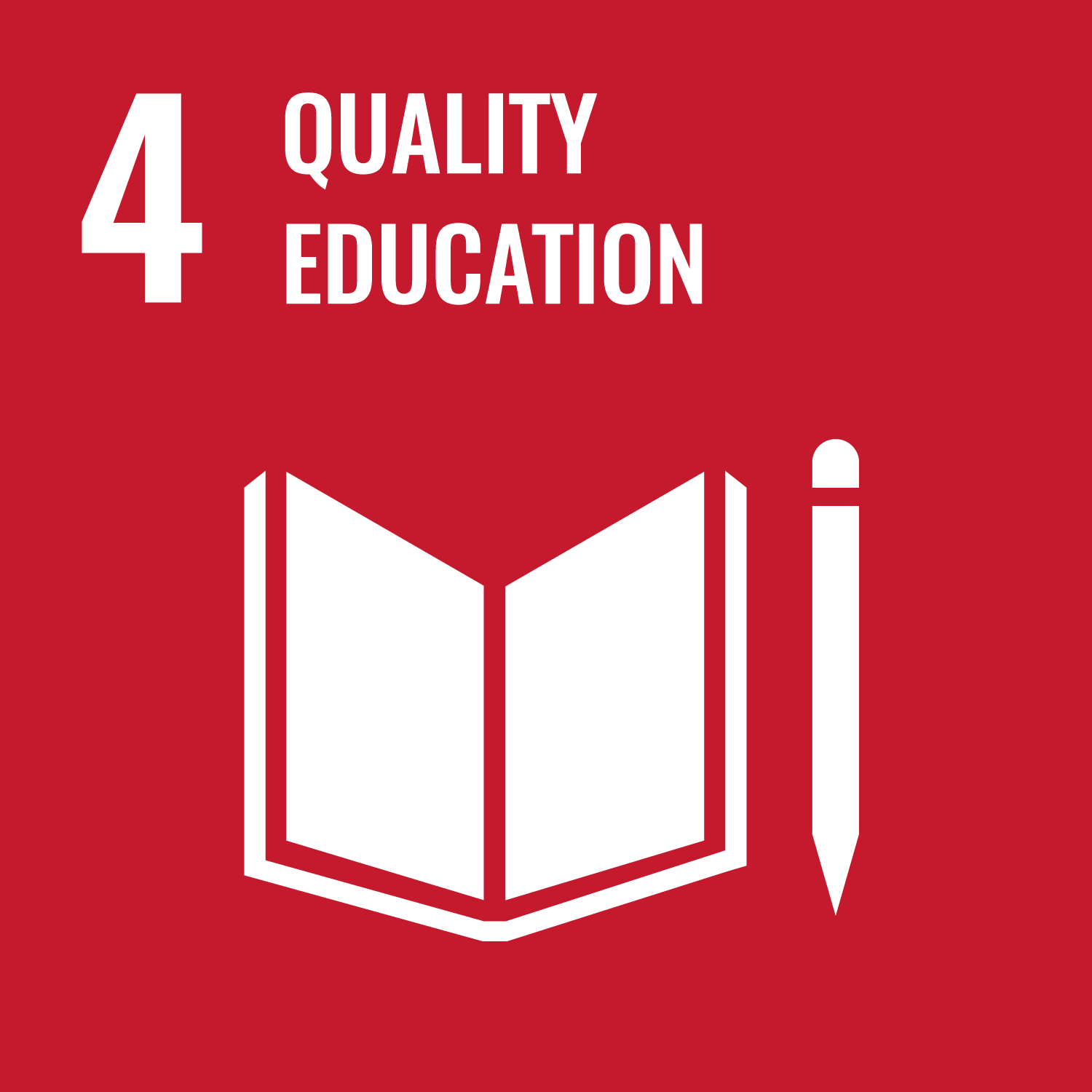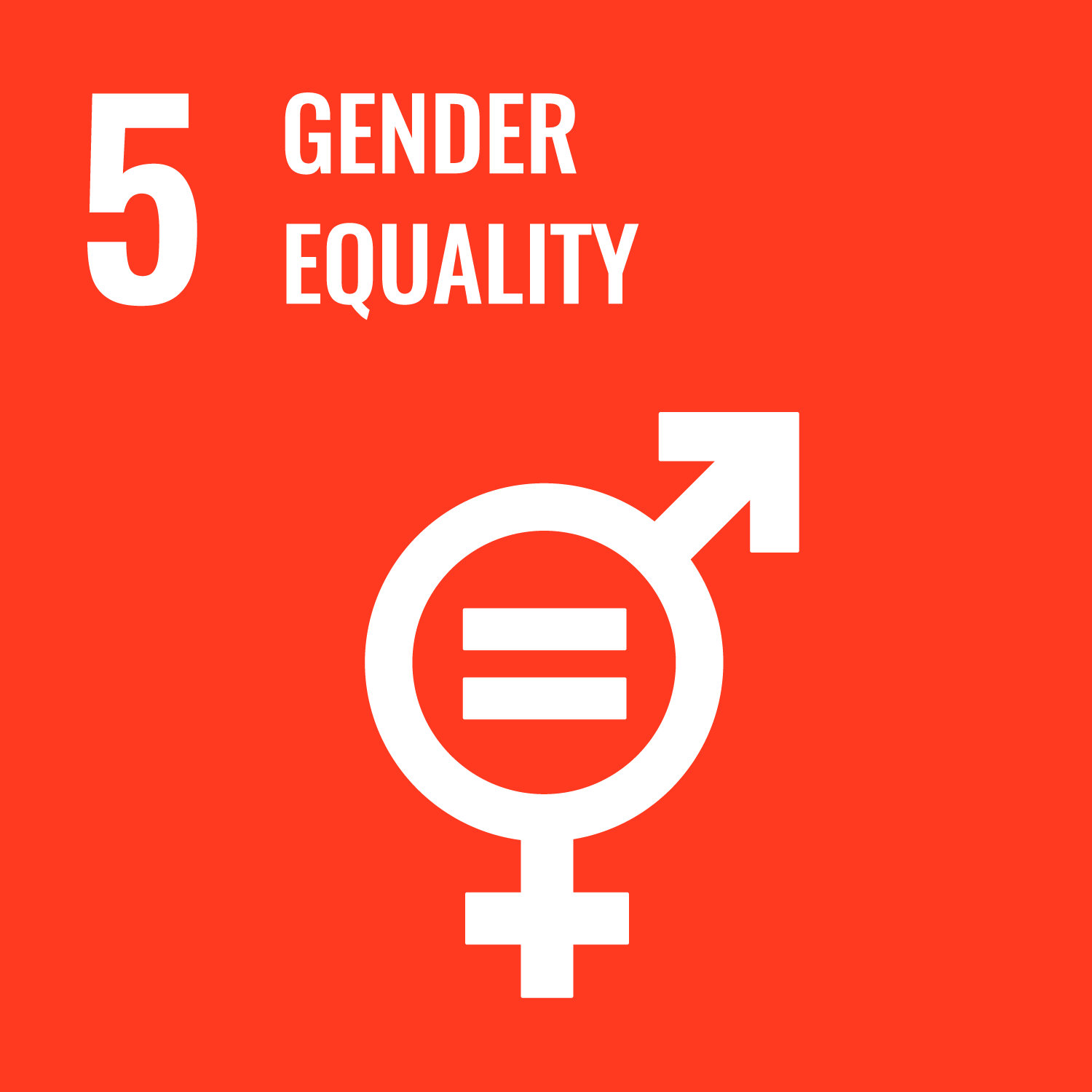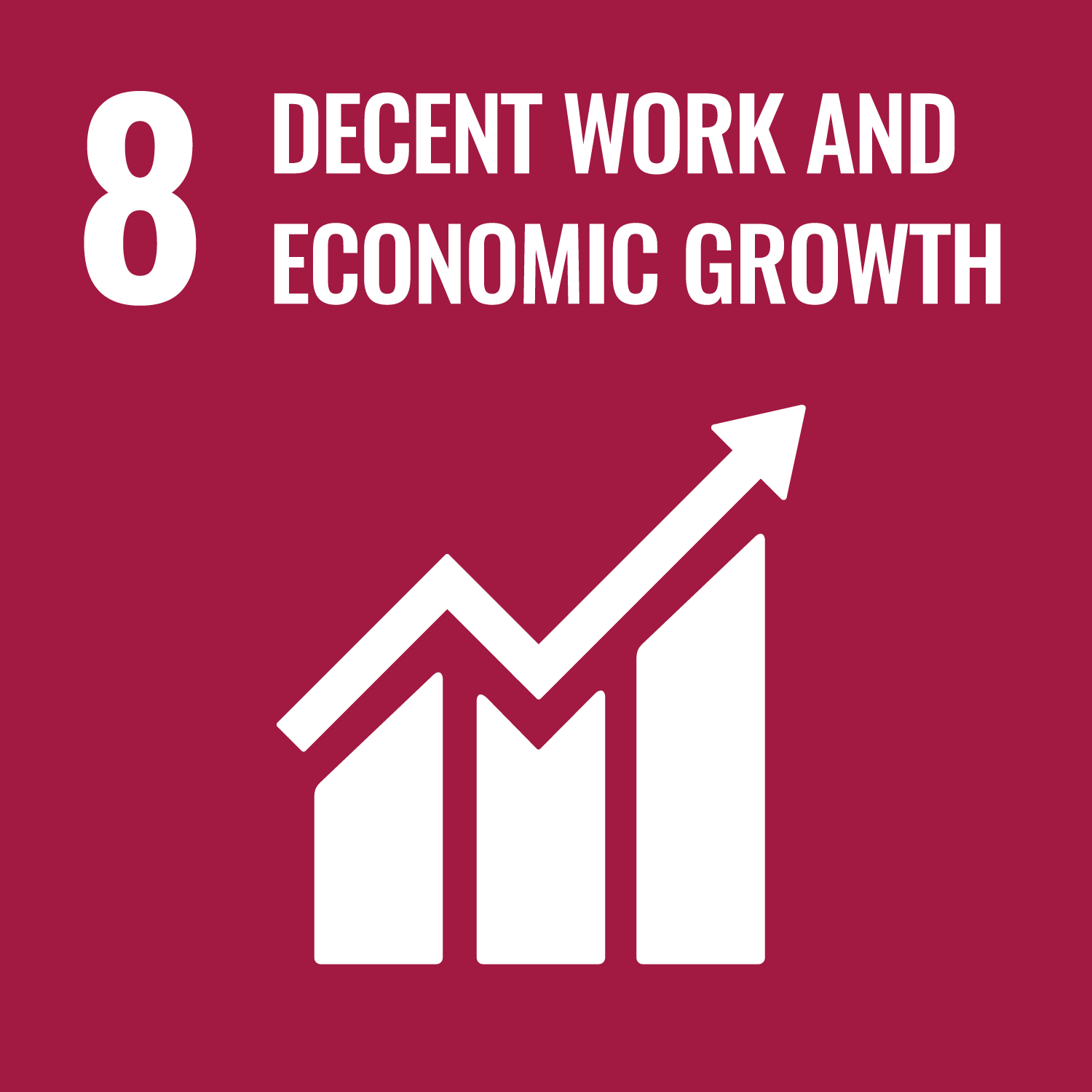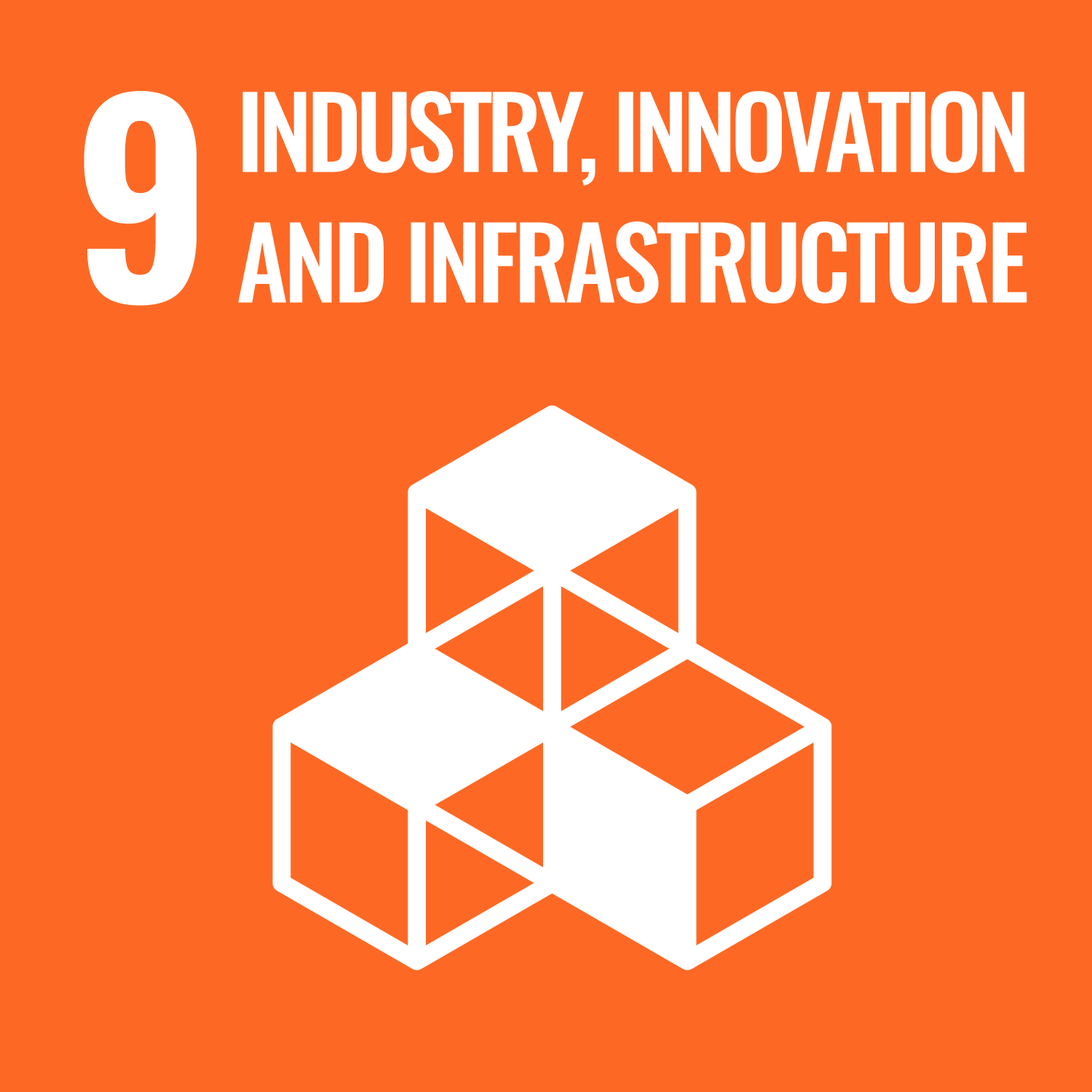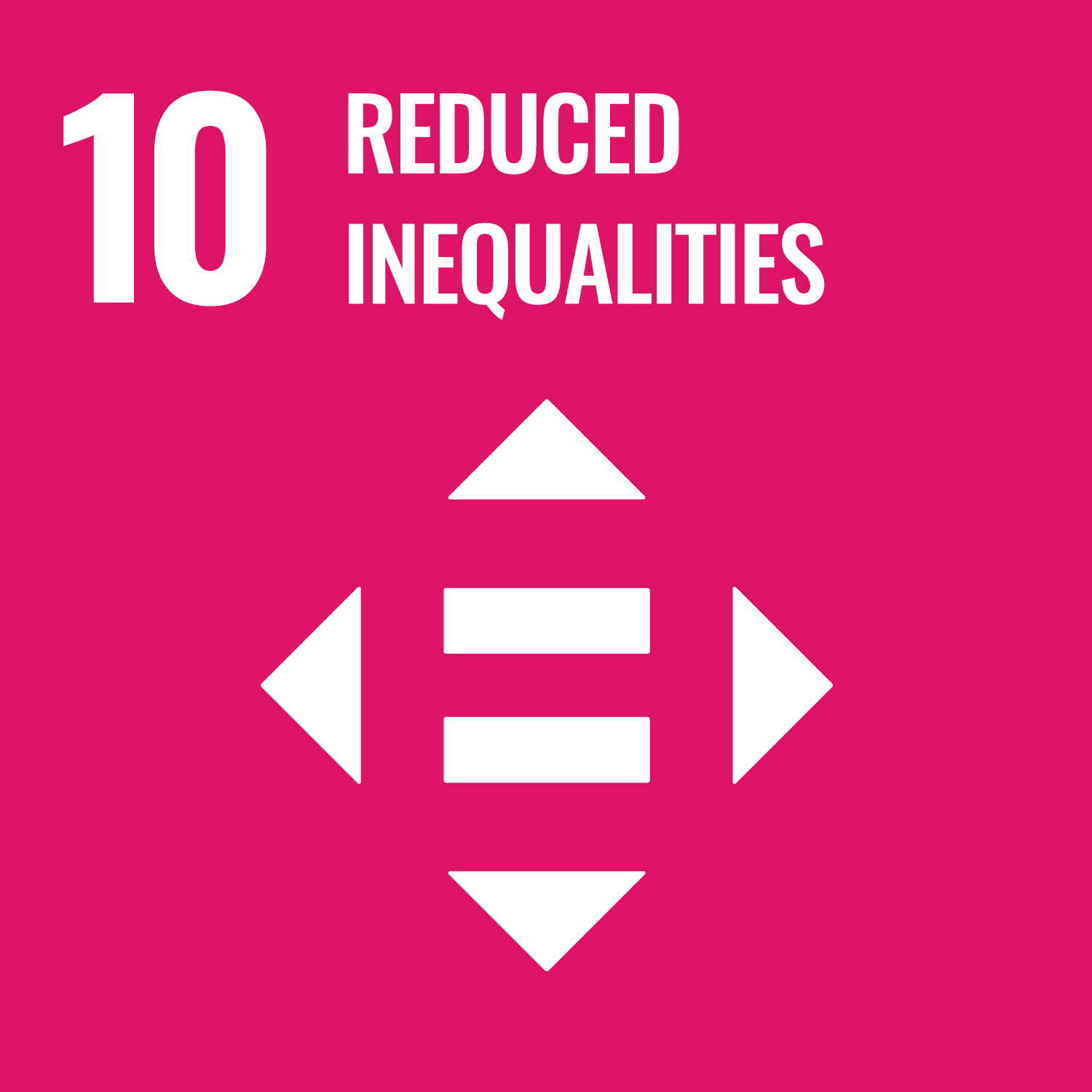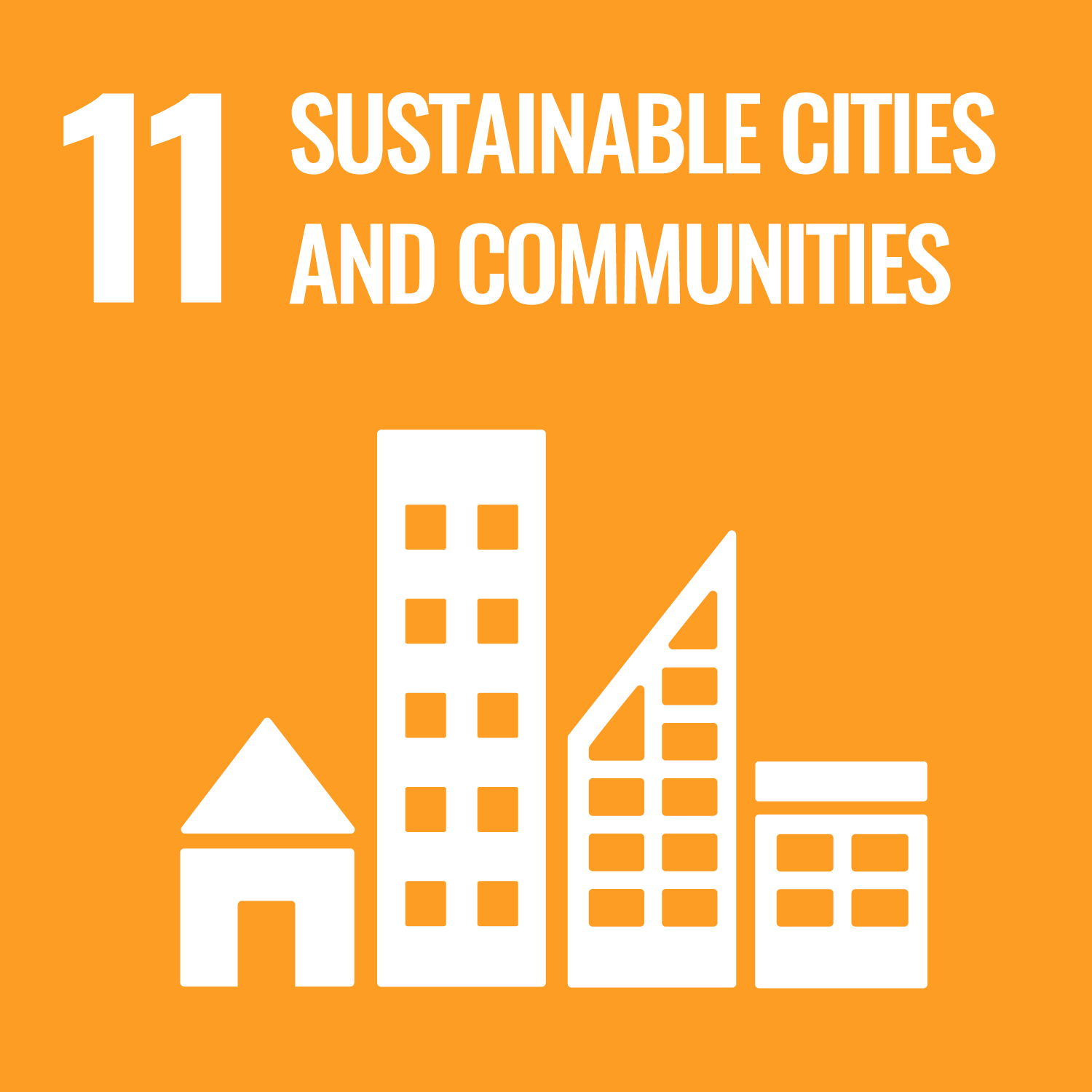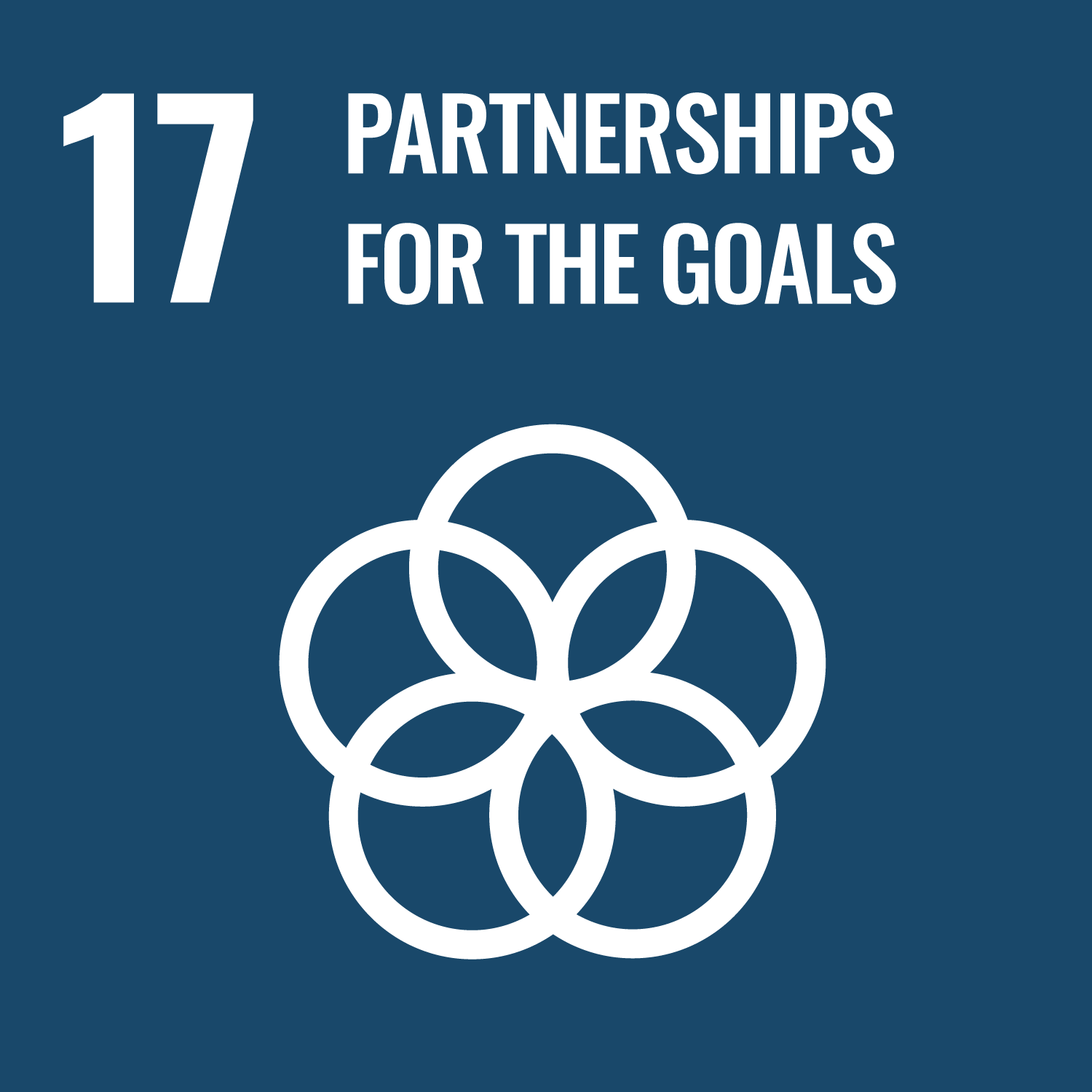The World as a Process: Simulations in the Natural and Social Sciences
Simulation techniques, especially those implemented on a computer, are frequently employed in natural as well as in social sciences with considerable success. There is mounting evidence that the "model-building era" (J. Niehans) that dominated the theoretical activities of the sciences for a long time is about to be succeeded or at least lastingly supplemented by the "simulation era". But what exactly are models? What is a simulation and what is the difference and the relation between a model and a simulation? These are some of the questions addressed in this article. I maintain that the most significant feature of a simulation is that it allows scientists to imitate one process by another process. "Process" here refers solely to a temporal sequence of states of a system. Given the observation that processes are dealt with by all sorts of scientists, it is apparent that simulations prove to be a powerful interdisciplinarily acknowledged tool. Accordingly, simulations are best suited to investigate the various research strategies in different sciences more carefully. To this end, I focus on the function of simulations in the research process. Finally, a somewhat detailed case-study from nuclear physics is presented which, in my view, illustrates elements of a typical simulation in physics.Article
| Item Type | Article |
|---|---|
| Additional Information | Citation: In: R. Hegselmann et al. (eds.), "Modelling and Simulation in the Social Sciences from the Philosophy of Science Point of View, Theory and Decision Library", 77-100.. |
| Keywords | Models, Simulations |
| Subjects | Philosophy |
| Divisions | Institute of Philosophy |
| Date Deposited | 08 Oct 2010 10:32 |
| Last Modified | 05 Aug 2024 11:56 |
-
picture_as_pdf - S_Hartmann_Simulations.pdf

